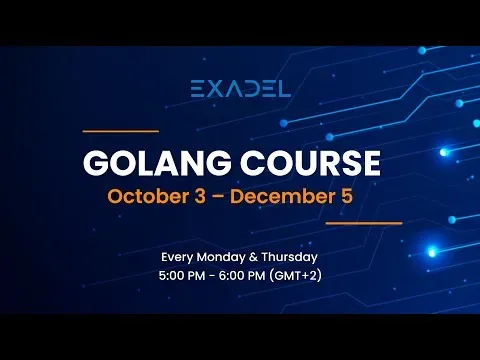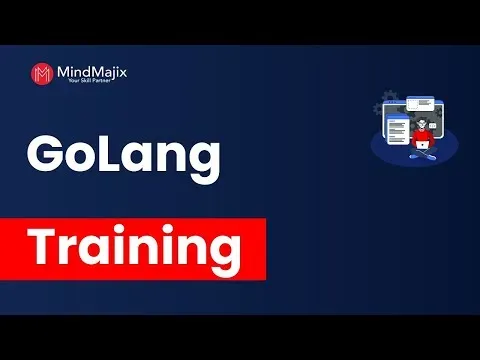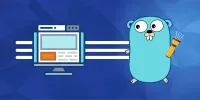
For Loop - Lesson 08 Go Full Course CloudNative Go Tutorial Golang

This lesson is part of the complete Go course, CloudNative Go Tutorial for beginners. In this lesson, you will learn the syntax of the for loop, how to use it, and how to use break and continue statements. You will also learn how to use the for loop with range. By the end of this lesson, you will have a good understanding of the for loop and how to use it in your Go programs.▼
Course Feature
![]() Cost:
Cost:
Free
![]() Provider:
Provider:
Youtube
![]() Certificate:
Certificate:
No Information
![]() Language:
Language:
English
![]() Start Date:
Start Date:
Course Overview
❗The content presented here is sourced directly from Youtube platform. For comprehensive course details, including enrollment information, simply click on the 'Go to class' link on our website.
Updated in [May 30th, 2023]
Welcome to Lesson 08 of the complete Go course! In this lesson, you will learn about the for loop syntax, example, range, break, and continue in Golang. The for loop is a powerful tool for iterating over a sequence of values. It is used to execute a set of statements repeatedly until a certain condition is met. With the for loop, you can easily iterate over a sequence of values, such as a list or an array. You can also use the for loop to iterate over a range of values, such as a range of numbers or characters. Additionally, you can use the break and continue statements to control the flow of the loop. By the end of this lesson, you will have a better understanding of the for loop and how to use it in your Go programs.
Learning this course will help you gain a better understanding of the for loop syntax, example, range, break, and continue in Golang. This knowledge will be beneficial for your career or education development paths. You can use this knowledge to create more efficient and effective programs in Go. Additionally, you can use this knowledge to create more complex programs with loops. Furthermore, you can use this knowledge to create more efficient and effective programs with loops. Finally, you can use this knowledge to create more complex programs with loops.
Related learning suggestions include exploring other Go tutorials, such as the Go language fundamentals, the Go standard library, and the Go concurrency model. Additionally, you can explore other programming languages, such as Python, Java, and C++. Finally, you can explore other programming paradigms, such as object-oriented programming, functional programming, and logic programming. By exploring these topics, you can gain a better understanding of programming and how to create more efficient and effective programs.
Pros & Cons
-

Comprehensive official documentation.
-

Easy to understand and use.
-

Flexible and powerful.
-

Limited to specific conditions.
-

Can be difficult to debug.
-

Not suitable for complex tasks.
Course Provider





